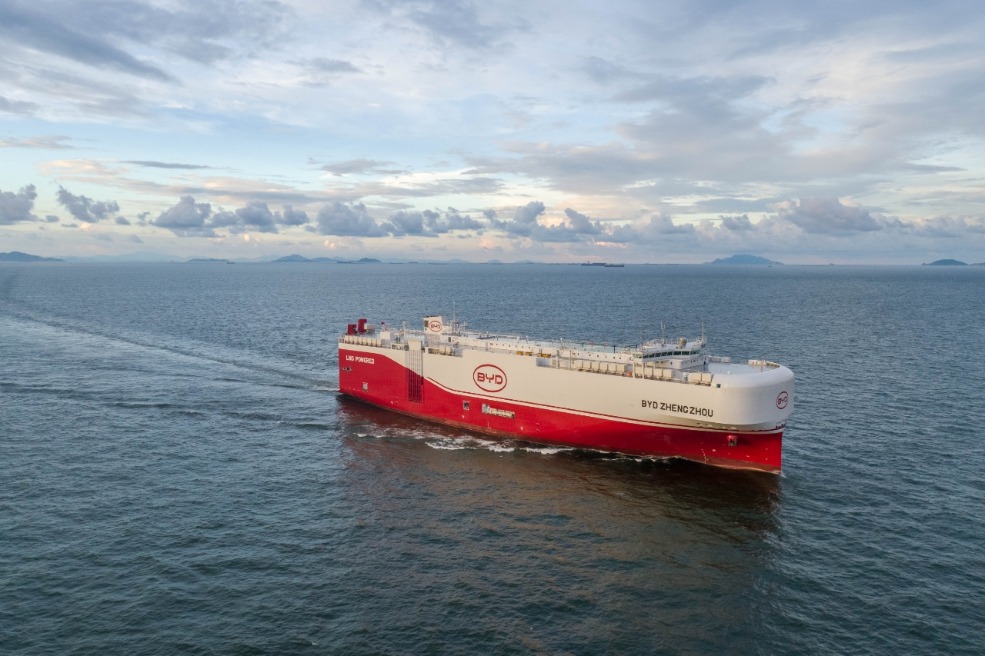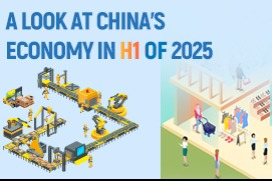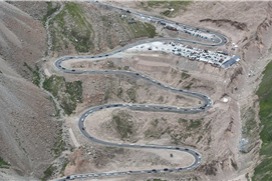Forex market faces new challenges

Alternative investments
From 2000 to 2014, a significant amount of global capital went into emerging market economies, resulting in a surge in foreign exchange reserves, from $154.7 billion at the start of 2000 to a record high of $3.99 trillion in June 2014, representing an annual increase of more than 26 percent.
Since July 2014, along with outflows of global capital from emerging market economies, China's forex reserves have dropped gradually, according to SAFE.
To manage forex reserves of more than $3 trillion, SAFE set up a special investment entity-the SAFE Investment Center-which is responsible for operating and managing the foreign exchange and gold reserves.
The center has five offices for offshore investments: Singapore, (under the name Huaxin); Hong Kong, (Hua'an); London, (Huaou); New York, (Huamei); and Frankfurt, according to SAFE. These offices form a global network, which can operate round-the clock.
According to a former SAFE official, these overseas offices have "special missions" for investing the reserves, but little information about their detailed investment strategies can be disclosed due to security issues.
"But they are increasing alternative investments, to diversify the type of assets," the former official said. Alternative investment generally refers to real estate, securitization assets, hedge funds and private equities.
Diversification and decentralization are the priorities for China's foreign exchange reserve strategy, according to the SAFE annual report last year. "Putting such a large bulk of reserves into different baskets, and building optimized asset portfolios, can hedge risks and secure the assets' value and profit," the report said.
To better control potential risks, SAFE has introduced "counter-cyclical" policies to prevent adverse situations arising. According to the report, the major risks are listed as "credit", "market", "liquidity" and "operational".




































